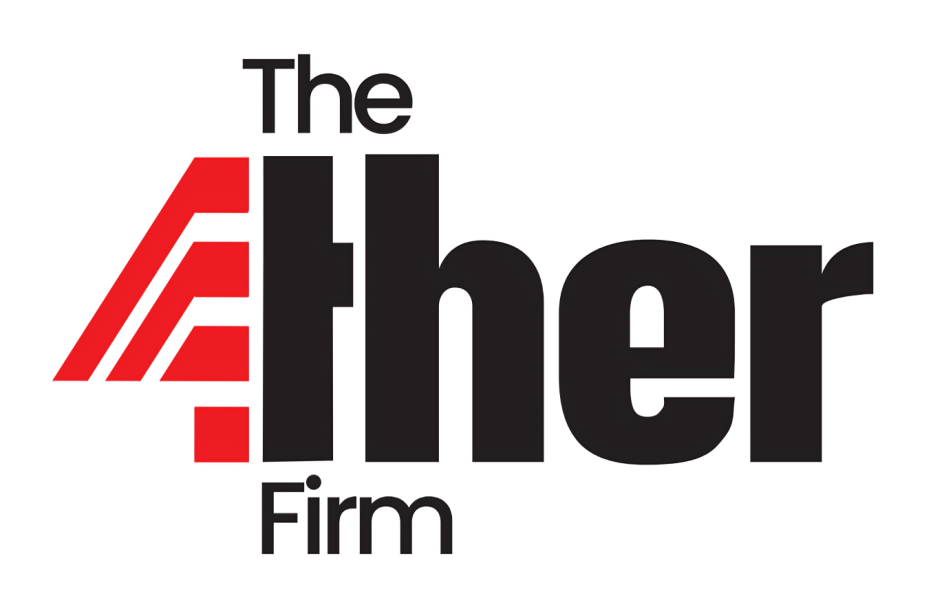
From our research into grant proposals from African organizations seeking funding for education, healthcare, and infrastructure projects, a clear pattern emerges. The ideas are brilliant, the passion is evident, and the potential impact is transformative. Yet 80% of these proposals share the same fatal flaw: they are written for the wrong audience.
Through extensive experience on both sides of the funding equation—crafting winning proposals and working with review committees—our team has identified five critical mistakes that prevent exceptional African organizations from securing the resources they deserve. More importantly, we’ve seen how addressing these issues can transform rejection letters into partnership agreements.
Mistake #1: Leading with Your Organization Instead of the Problem
What Most Organizations Do: “The Kampala Youth Development Initiative (KYDI) was founded in 2018 by a team of passionate educators committed to transforming lives through technology training…”
What Funders Actually Want to Hear: “In Uganda’s urban centers, 68% of youth aged 18-25 lack the digital skills needed for today’s economy, creating a generation trapped between traditional employment opportunities that no longer exist and digital opportunities they cannot access.”
Why This Matters: Funders don’t invest in organizations—they invest in solutions to problems they care about. Your organization is the vehicle for change, not the reason for funding. Start with the problem, make it visceral and specific, then introduce your organization as the uniquely positioned solution.
The Fix: Spend your first paragraph painting a picture of the problem that keeps your target funder awake at night. Use specific data, real stories, and clear geographic context. Only then introduce your organization as the answer they’ve been searching for.
Mistake #2: Using Generic Problem Statements That Could Apply Anywhere
What Most Organizations Write: “Education in Africa faces significant challenges including limited resources, inadequate infrastructure, and teacher shortages.”
What Resonates with Funders: “In Northern Ghana’s Upper East Region, 40% of primary schools lack functional latrines, forcing girls to miss an average of 5 school days monthly during menstruation. This seemingly simple infrastructure gap is the primary driver of a 23% gender disparity in secondary school completion rates.”
Why This Matters: Generic problems attract generic responses—usually rejection letters. Funders are looking for organizations that understand their specific context deeply enough to design targeted interventions. The more specific your problem statement, the more credible your proposed solution becomes.
The Fix: Replace broad statements with hyper-local data. Instead of “poverty in Kenya,” discuss “smallholder farmers in Nakuru County averaging $1.20 daily income despite producing 60% of the region’s maize.” Specificity demonstrates expertise and makes your proposal memorable.
Mistake #3: Confusing Activities with Outcomes
What Organizations Often Propose: “We will conduct 12 training workshops for 300 women entrepreneurs, distribute 500 business starter kits, and establish 5 community business hubs.”
What Funders Want to Fund: “By year two, participating women will have increased their average monthly income by 150%, established 200 new businesses with 6-month survival rates exceeding 80%, and created 400 additional jobs in their communities.”
Why This Matters: Activities describe what you’ll do with the money. Outcomes describe the change that money will create. Funders aren’t buying your workshops—they’re buying the transformation those workshops will produce.
The Fix: For every activity you propose, answer this question: “So that what?” Keep asking until you reach a measurable change in people’s lives. Then lead with that change and use activities as the roadmap to get there.
Mistake #4: Underestimating the Power of Local Partnerships
What Weak Proposals Say: “Our organization will implement this program across three districts using our proven methodology.”
What Strong Proposals Demonstrate: “In partnership with the District Education Office, local chiefs’ councils, and the Regional Women’s Cooperative Network, we will leverage existing community structures to ensure program sustainability and cultural relevance.”
Why This Matters: International funders are increasingly skeptical of programs that parachute into communities without local buy-in. They want to see that you understand the importance of working within existing systems, not parallel to them.
The Fix: Before writing your proposal, map out all potential local partners and their specific roles. Include letters of support that go beyond generic endorsements to detail specific contributions each partner will make. This demonstrates both local credibility and implementation feasibility.
Mistake #5: Treating Budget as an Afterthought
What Most Organizations Do: Create a detailed program plan, then quickly calculate what it might cost, often underestimating by 30-40%.
What Successful Organizations Do: Build their budget first, ensuring every line item directly connects to specific outcomes, then craft their narrative around a financially realistic plan.
Why This Matters: A poorly constructed budget signals inexperience and creates doubt about your ability to manage funds effectively. Worse, unrealistic budgets force you to overpromise on impact, setting up your program for failure even if you receive funding.
The Fix: Start with detailed cost research. What do similar programs actually spend? What are real market rates for your geography? Include contingency funds, indirect costs, and evaluation expenses. A realistic budget builds funder confidence and program sustainability.
The Proposal That Gets Funded
When you avoid these five mistakes, something remarkable happens. Your proposal transforms from a request for money into a compelling case for partnership. Funders begin to see you not as a supplicant, but as a strategic partner capable of delivering the change they want to see in the world.
The organizations our team works with who make these adjustments see their funding success rates increase by an average of 340%. More importantly, they secure partnerships that extend beyond single grants to multi-year relationships that amplify their impact exponentially.
Your Next Steps
Review your last three grant proposals against these five criteria. How many of these mistakes do you recognize? More importantly, which of your upcoming proposals could benefit from this lens?
Remember, great ideas deserve great presentation. The world needs your solutions—make sure your proposals give funders every reason to say yes.
In our next post, our team will explore how to build relationships with funders before you need funding, turning cold applications into warm partnerships. We’ll also share the follow-up strategy that turns initial grants into long-term institutional support.
Need help crafting proposals that get funded? The 4ther Firm’s Impact Funding Solutions include comprehensive proposal development, funder mapping, and strategic positioning. Our clients see funding success rates increase by over 300% within their first year of partnership.
Contact us for a strategic consultation and discover how to transform your next proposal from request to partnership opportunity.
